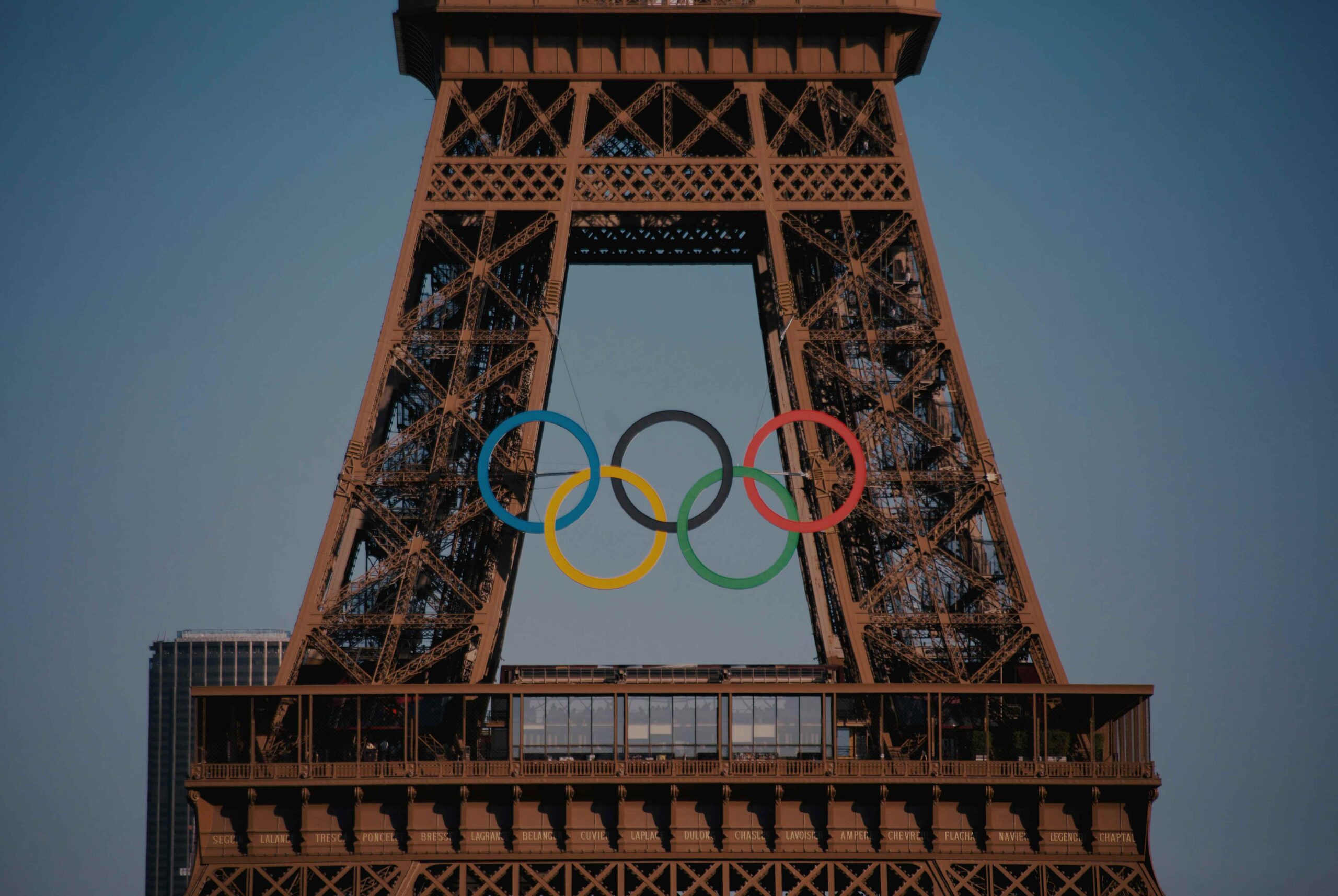REBEKAH COCHELL | GUEST
Last week, my husband and I met a man in Istanbul. He mentioned the Paris Olympics Opening Ceremony and shook his head. He said, “They don’t understand. This “freedom” they want is just another type of bondage. Another type of control.” He went on to describe how society thrives on structure and boundaries, on the family unit being the foundation of society, and how religious beliefs and moral values enhance a culture.
The Olympic opening ceremony has caused quite a controversy. I took a particular interest in the banter. After all, it was “in my lane” as an art professor at a Christian university, currently teaching a course in “Art as Communication.”
The performance that has caused so much controversy was a “tableau vivant,” a live re-enactment of a painting, and depicted a group of people, mostly drag queens and LGBTQ+ supporters behind a table. It included an immense plate filled with flowers and fruit and a man painted in blue with a flower wreath.
Immediately following the performance, there was an outcry from religious and conservative leaders throughout the world claiming this was a blasphemous parody of Leonardo DaVinci’s Last Supper fresco. Almost as immediate were the social media posts in response which claimed that Christians were not “cultured” or informed about art history since the performance was meant to re-enact another painting, The Feast of the Gods by Jan Hermanzs van Biljert.
The official response from the ceremony’s artistic director, Thomas Jolly, was, “The idea was to have a pagan celebration connected to the gods of Olympus. You will never find in me a desire to mock and denigrate anyone.” The commentary around the performance reiterated the intention to communicate freedom, acceptance, love, free speech, and liberty and that these values were the defining aspects of the Olympics.
The problem with this defense is that if true, it is a gross oversight.
This performance was on a world stage, with people of all faiths, ethnicities, nationalities, and cultures watching. One of the major things you need to consider when creating visual art is how your audience will interpret it. Once you research and consider how your intended artwork will be understood by your audience, you adjust your visual so that your message is clear.
The Last Supper is arguably the most famous piece of art in the world. And while the Feast of the Gods was a common subject in Renaissance and Baroque art, this particular Biljert is not a commonly known painting. Whether it was intentional or not, many watching this scene would be reminded of The Last Supper. The creators should have known that. We live in a post-Christian culture, but artwork and literature of a biblical nature is so entwined in our societal memories that certain images and phrases still communicate a biblical reference, often without a second thought. The Last Supper is one of them.
Recreated countless times, from famous artists such as Andy Warhol and Vincent Van Gogh, to current pop culture, it is an icon. The painting is so iconic that the number of people in the re-creation and the characters themselves do not even make a difference.
The communicated message of different variations and copies of the fresco vary. Da Vinci’s fresco speaks about betrayal at the ultimate level. Van Gogh communicates his need for God in Café Terrace at Night. (He wrote something similar to his brother Theo in a letter regarding painting stars.)
Warhol, in his extensive Last Supper series, expressed his deep religious convictions in some of his recreations, and his fear that the church had become another commercial enterprise of culture in others.
Given the fact that Biljert painted the feast of the Gods AFTER DaVinci’s Last Supper, Biljert, most likely, was referencing The Last Supper. Biljert, and others who painted mythological scenes, were not painting to celebrate a pagan festival, but the opposite. The paintings and the myths were understood as moral warnings and were thought to mirror Christian values of morality. They were tales that warned against licentious behavior, not tales that embraced such behavior. The opening ceremony of the Olympics communicates the complete opposite. It is a depiction embracing Dionysus/Bacchus and all he represented. It is a celebration of “Liberty” from the traditional values of purity, temperance, fidelity, and chastity. It was an altar to worship Freedom.
The real question is how should we react as Christians?
We can remember what the real message in this tableau was. The “Freedom” or “Liberty” they worship is a type of slavery. When we as humans worship things other than Christ, we are not fulfilled but left empty. The rebellion against the order of nature, the very order God instituted, has grave consequences. But we will not change people’s hearts by yelling at a “virtual Facebook” street corner to repent. And we will not change hearts by accepting the behavior either.
Paul was faced with a similar cultural battle. Paul may have written the letter of Romans to a specific church two thousand years ago, but it is eerily relevant today. He warns against pagan idol worship and engaging in their celebrations. He then contrasts the freedom of Christ’s table (Communion) with that which holds us in bondage. He calls for Christians to remain pure, but also not judgmental. He calls for us to love the unsaved, and yet stay pure and to not conform to this world.
Let’s pray for wisdom and a heart like Paul who yearned for others to know Christ and experience true Freedom while living in an anti-Christian culture. “Do not be conformed to this world, but be transformed by the renewal of your mind, that by testing you may discern what is the will of God, what is good and acceptable and perfect” (Rom. 12:2).

Rebekah Cochell
Rebekah is a graduate of Liberty University (MFA: School of Digital and Studio Art: Graphic Design). She is an adjunct professor for Liberty University’s Online School of Communication and the Arts. Currently living in Germany, she is married to James, an Army Chaplain and teaching elder of the PCA. They have three grown children, Ransom, Ethan, and Rose. Rebekah integrates art activities in both the Bible studies she teaches and the chaplain training events that she co-teaches with her husband. She enjoys traveling, photography, painting, and reading the classics.

